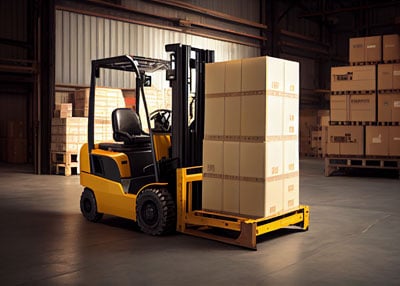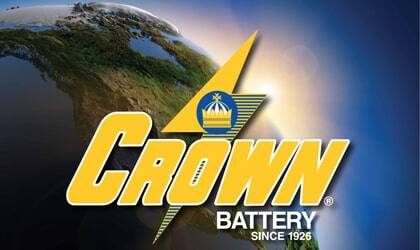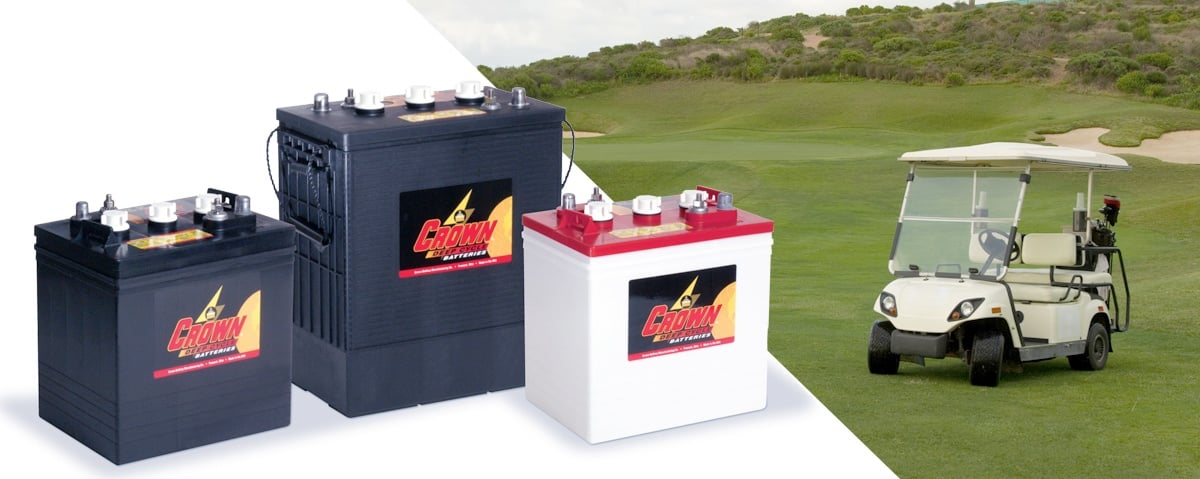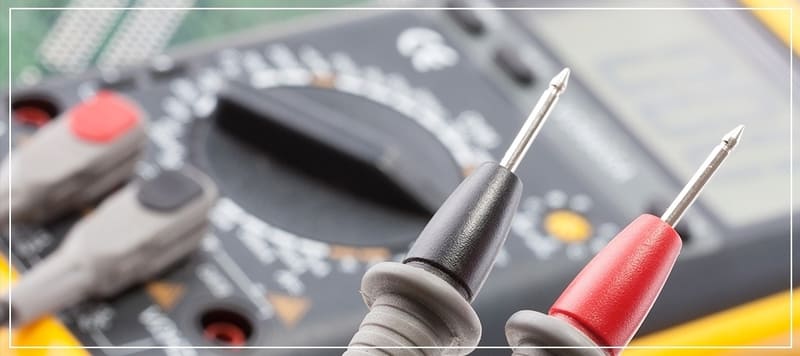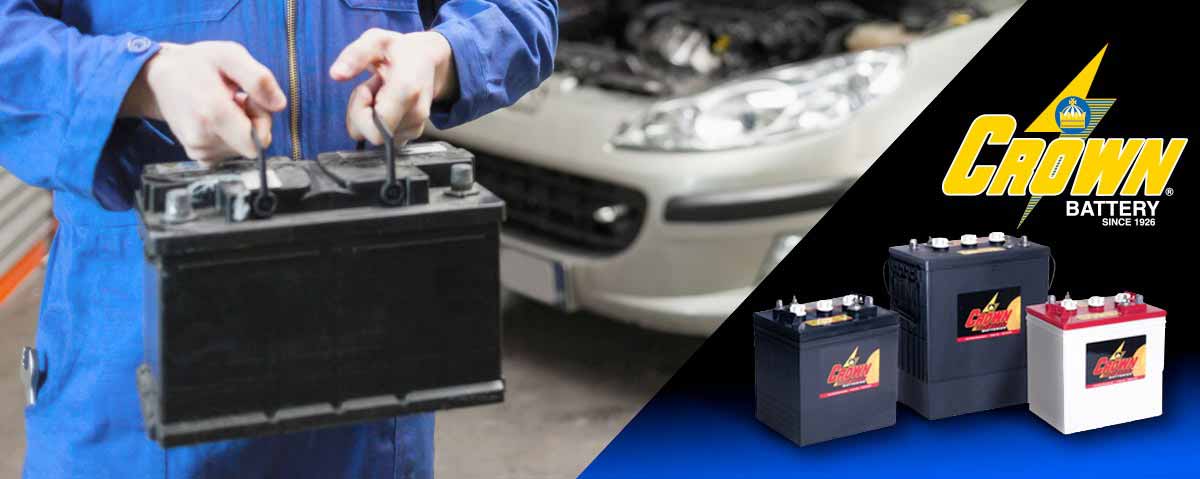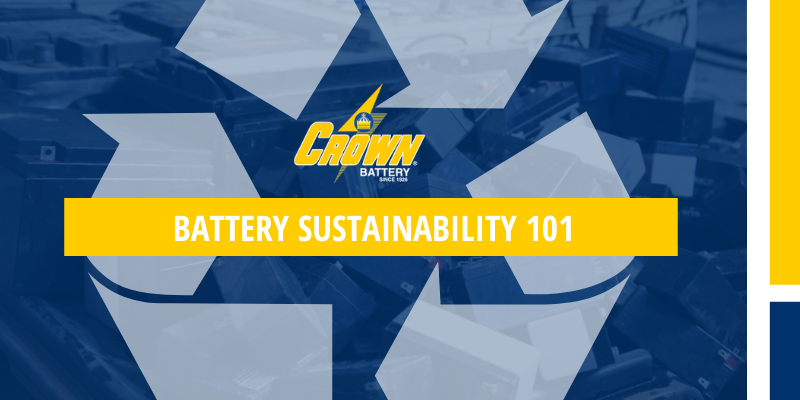Deep-cycle batteries are a type of battery that is designed to be repeatedly discharged and recharged. They are commonly used in applications such as golf carts, RVs, and solar power systems. Regular maintenance is essential to maximize a deep-cycle battery's life. This includes inspecting the battery's fluid level and voltage after the charging service. You can use a hydrometer and DC voltage meter to perform these inspections.
WHAT IS A DEEP-CYCLE BATTERY?
Deep-cycle batteries may look like car batteries to unfamiliar people, but they're pretty different. A deep cycle battery is a lead battery designed to provide sustained power over a long period and run reliably until it is 80% discharged or more; at this point, it needs to be recharged. It is important to note that although deep cycle batteries can be removed up to 80%, most manufacturers recommend not discharging below 45% to extend the battery's life.
The discharge level is the “deep cycle” and stands in contrast to other types of batteries that provide only short bursts of energy before recharging. Precisely, a starter battery discharges only a tiny percentage — usually 2 to 5% —each time it is used.
TYPES OF DEEP-CYCLE BATTERIES
- Flooded deep-cycle batteries: These are the most common type. They are relatively inexpensive and easy to find. However, they require regular maintenance, such as adding distilled water to the electrolyte.
- Sealed deep-cycle batteries: These batteries are also known as maintenance-free batteries. They do not require the addition of distilled water, making them easier to maintain. However, they are more expensive than flooded deep-cycle batteries.
- Absorbed Glass Mat (AGM) batteries: AGM batteries have a glass mat that absorbs the electrolyte. This makes the electrolyte more evenly distributed throughout the battery, which helps to improve performance and lifespan.
- Gel batteries: Gel batteries add a gelling agent to the electrolyte. This makes the electrolyte thicker and more viscous, which helps to prevent the battery from leaking.
- Lithium-ion batteries: Lithium-ion batteries are a newer type of deep-cycle battery that offers several advantages over traditional lead-acid batteries. They are lighter, have a longer lifespan, and can be discharged more deeply without damage. However, they are also more expensive than lead-acid batteries.
THE COMPONENTS OF DEEP-CYCLE BATTERIES
Both flooded and sealed deep-cycle batteries share some of the same components, including:
- Lead plates: The lead plates are the active part of the battery. They react with the electrolyte to produce electricity.
- Electrolyte: The electrolyte is a mixture of sulfuric acid and water. It conducts electricity and helps to carry the chemical reaction between the lead plates.
- Case: The case protects the battery from damage and holds the other components in place.
APPLICATION
Perhaps the most crucial consideration when choosing a deep-cycle battery is what you intend to use it for. Here are some situations that make a difference in the type of deep-cycle battery you choose:
Stationary or Level Equipment
If you’re looking for a deep cycle battery for a vehicle that remains level or a stationary application, a flooded deep cycle battery may be your best bet. Flooded batteries are the most common type of deep-cycle battery, and as such, they are generally easier to find and more cost-effective than other types of batteries. Because they use a liquid electrolyte, they can only be used uprightly. They should also be used in applications that allow easy charging, watering, and other maintenance access.
Examples: forklifts, renewable energy storage
Variable Conditions
In applications where temperature and required power draw vary, a VRLA battery, such as an AGM battery, may be the best option. Because VRLA batteries are sealed, there is less chance of damage or weathering of the inside components, which helps to ensure a longer lifespan and better performance. VRLA batteries can operate in any orientation, not just upright like flooded batteries, so they’re ideal for situations where they might frequently tip or are installed sideways.
Maintenance Capabilities
In addition, VRLA batteries may be better suited when regular maintenance is complex. All deep-cycle batteries need to be charged according to manufacturer specifications, so some care is always required, but if you’re unable to water your battery frequently for whatever reason, you should consider buying a VRLA.
BATTERY SAFETY PRECAUTIONS
SAFETY FIRST
Before you troubleshoot a battery, be familiar with the potential risks of handling any battery. This includes wearing personal protection equipment (goggles, gloves, etc.); removing metallic objects such as jewelry, and working in an open, well-ventilated area. Before your inspection, ensure you fully charge the battery to get an accurate reading of the battery condition. Or, if you can’t charge the battery, let it sit for one hour after use.
CHECK FOR DAMAGE
You can often detect problems with your battery simply by looking for the following:
- Broken or loose terminals: If any terminals or connections are loose, damaged, or corroded, they can result in dangerous short circuits.
- Leaking or a damaged battery case: A leak can indicate a damaged battery case in flooded batteries. While the damage wouldn’t prevent the battery from working, operating a battery with a damaged case is dangerous. (Leakage will not occur with an AGM battery, even with a damaged case.)
- Dirt and grime: Check the top of the battery and terminals for dirt and grime during your inspection. This corrosive buildup could cause the battery to self-discharge when not in use. Make it a point to remove any corrosion from your battery terminals or connecting cables to ensure the battery is working and charging efficiently.
SIMPLE AND SAFE INSPECTION PROCESS
FLUID INSPECTION
- Using a hydrometer to measure the specific gravity of the acid within the battery fluid.
- Following battery charging service, the hydrometer reading of all cells should be at least 1.225 -- and show less than 50 point difference between the high and low readings.
- A fully charged and healthy battery will show clear fluid without discoloration and a hydrometer reading 1.265.
VOLTAGE INSPECTION
- Battery voltage after charge effectively indicates battery health.
- Batteries with less than 100% voltage should be recharged before use. A 12-volt battery will read 12.6 volts or higher after charge; a 6-volt battery will read 6.4 volts or higher after charge.
- Make sure the battery terminals are free of corrosion before testing.
LOAD TEST INSPECTION
- Batteries must be at 100% voltage before applying a load test.
- When load testing, remove all battery cables from their terminals.
- Using a load tester, apply a 15-second load equivalent to 50% of the battery's CCA rating.
- Refer to the load testers' minimum passing voltage to determine the battery condition. If the test voltage is below the minimum, replace the battery.
If your battery still performs poorly, you’ll find helpful troubleshooting ideas in our seasonal battery brochure for deep cycle and AGM batteries.
CHECK NOW — SAVE BIG LATER
Just like with a car, don’t let minor problems with your battery go unnoticed; small issues can quickly lead to much bigger problems (and more expensive) problems later... and end up damaging your battery beyond repair. Get the most life out of your deep cycle battery by checking for small things and performing tests regularly.

